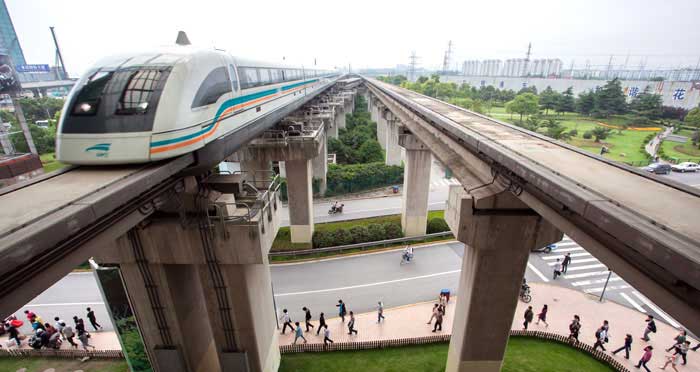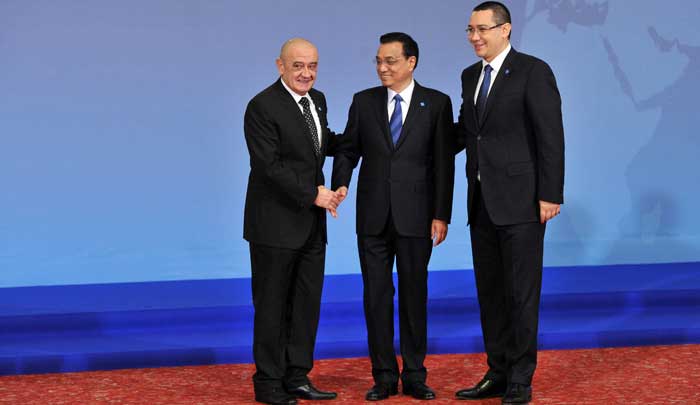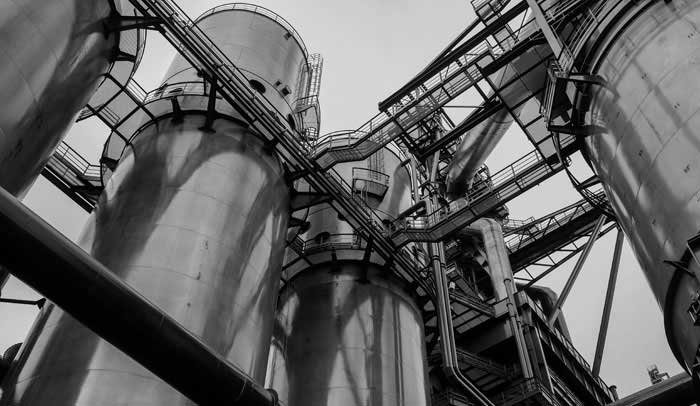The World Bank kept its forecast in Dec 2017 for China's 2018 and 2019 GDP growth unchanged at 6.4 per cent and 6.3 per cent.
China's membership status for European Bank for Development (EBRD) has been approved on 14 of December back in 2015. China has been a longtime stakeholder in many global development financial institutions. The EBRD has a different focus which is to spur development in private sector and promoting market economy democracy. China is stamping its mark on world finance by gaining membership status in differing global institutions. The rise of China is happening which mirrors the higher responsibility undertaken by China in global economic policy drafting especially in Eastern Europe as well as North Africa as part of EBRD operational region. G-20 and China's role to tackle the world financial crisis has helped fortify the basis for approaching China. Asian Infrastructure Bank (AIIB) and New Bank of Development (NDB) is a shining example of new outward strategy taken by China. The Silk Road Funds is also set up for the same purpose for China's ambitious plans to utilize the immense space between Europe.
The combined capital of US$150 billion from both AIIB and NDB will not have far reaching impact in terms of funding for infrastructure for emerging economies and countries. A conservative estimate puts the figure between US$ 1 to 1.5 trillion every year. Silk Road Funds, China Development Institution and CITIC will need to pump more funds, but there will be unmet needs and there are plenty of space for more initiatives. The new strategy undertaken by China will influence its behavior in other existing institutions, especially regional institutions. China is becoming frustrated for not having achieved its objectives for increasing role in global world finance and institutions, such as World Bank and IMF. ADB fell short of China's expectations. AIIB is a major roadblock and challenge to ADB.
China's engagement in these institutions is not just restricted to Asian region. For many decades China has played larger roles in Africa. Many Chinese development banks are all signing up for programs launched by Africa Development Bank. PBOC and Africa Development Bank announced a US2 billion Africa Growing Fund Together, with disbursement tenure over 10 years jointly financed by the two regions. China signed up as a member for Inter-American Bank for Development in 2008. It marks the increasing influence of Chinese ties with Caribbean and Latin America region. It has made co-investment contribution to the development bank. China started as a small insignificant shareholder, similar to EBRD, where it holds a 0.004% stake. Since 1985 from its first year of membership, China took part in eight new rounds of funding for the Africa Development Fund. China now has a 2.052% stake in the latest fund.
China semi government linked institutions and corporations are stepping a gear to engage with global financial establishment. China national wealth fund called State Administration for Foreign Exchange pumped funds into a IFC's Asset Management Company. The objective is to attract long term equity from institutions. It is the major investor in EBRD's similar instrument. Debt capital arrangement for funding is being considered.
Many things are yet to be learned as mentioned by Governor for PBOC. China has many to learn from general development to investment experience. Public and private partnerships formed rapidly around the country have been an easy method to avoid borrowing limits for local government. EBRD can offer much experience for PPP and it is a leaning ground for China. While China is still observing from the start and learning all it could, it will someday have to face the harsh truth around global financial establishment. They are heavily scrutinized by public and political pressure, and China has to navigate cautiously due to many sensitive political issues surrounding the institutions.
Some fear the uprising of Chinese financial maneuvers in the world. Despite heavy engagement and higher voting power, China will not change radically its operations for existing institutions. China can actually learn more by co-operating with global financial establishment and strive to invest better internationally and be more efficient in its capital usage locally.




